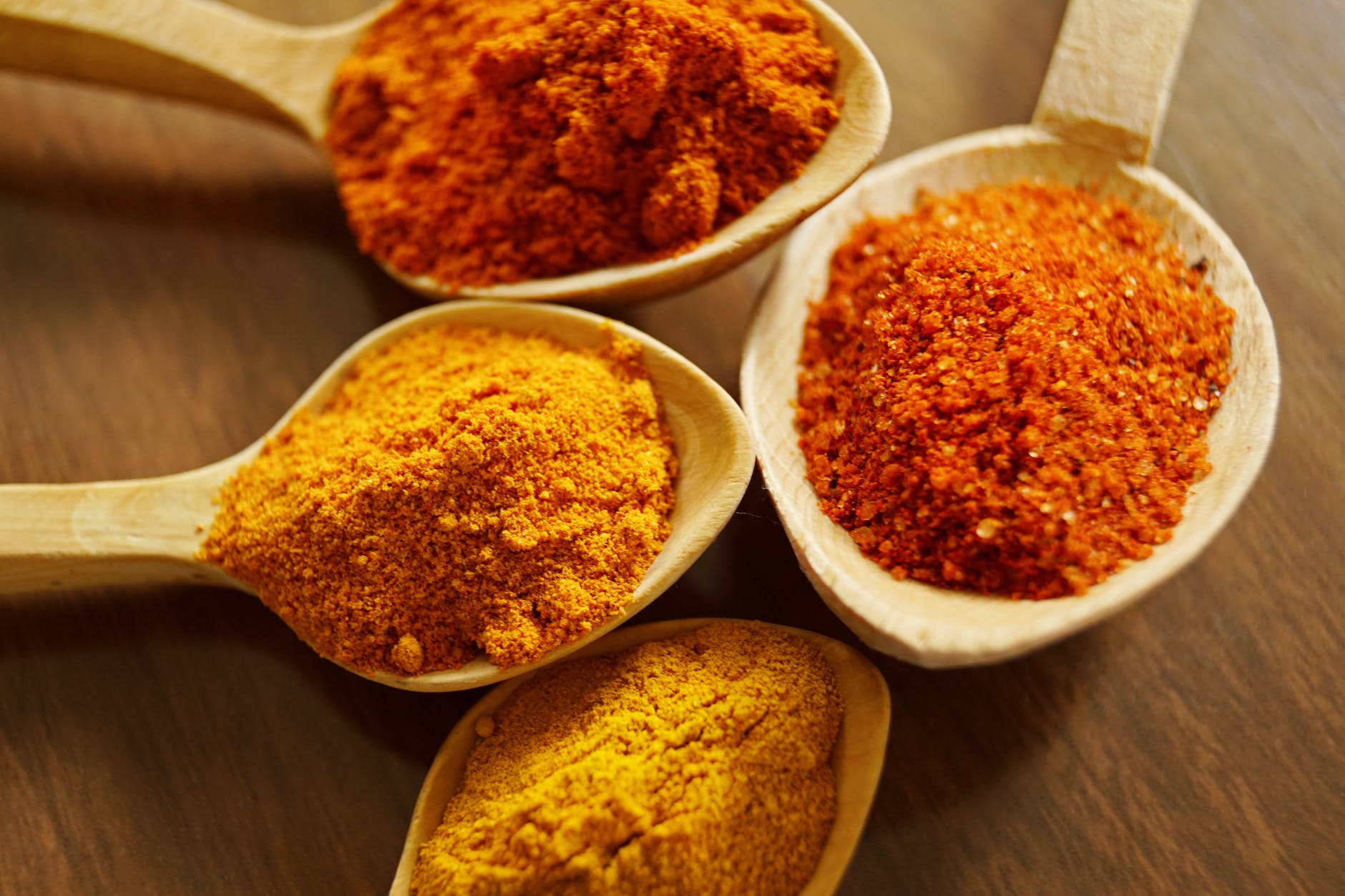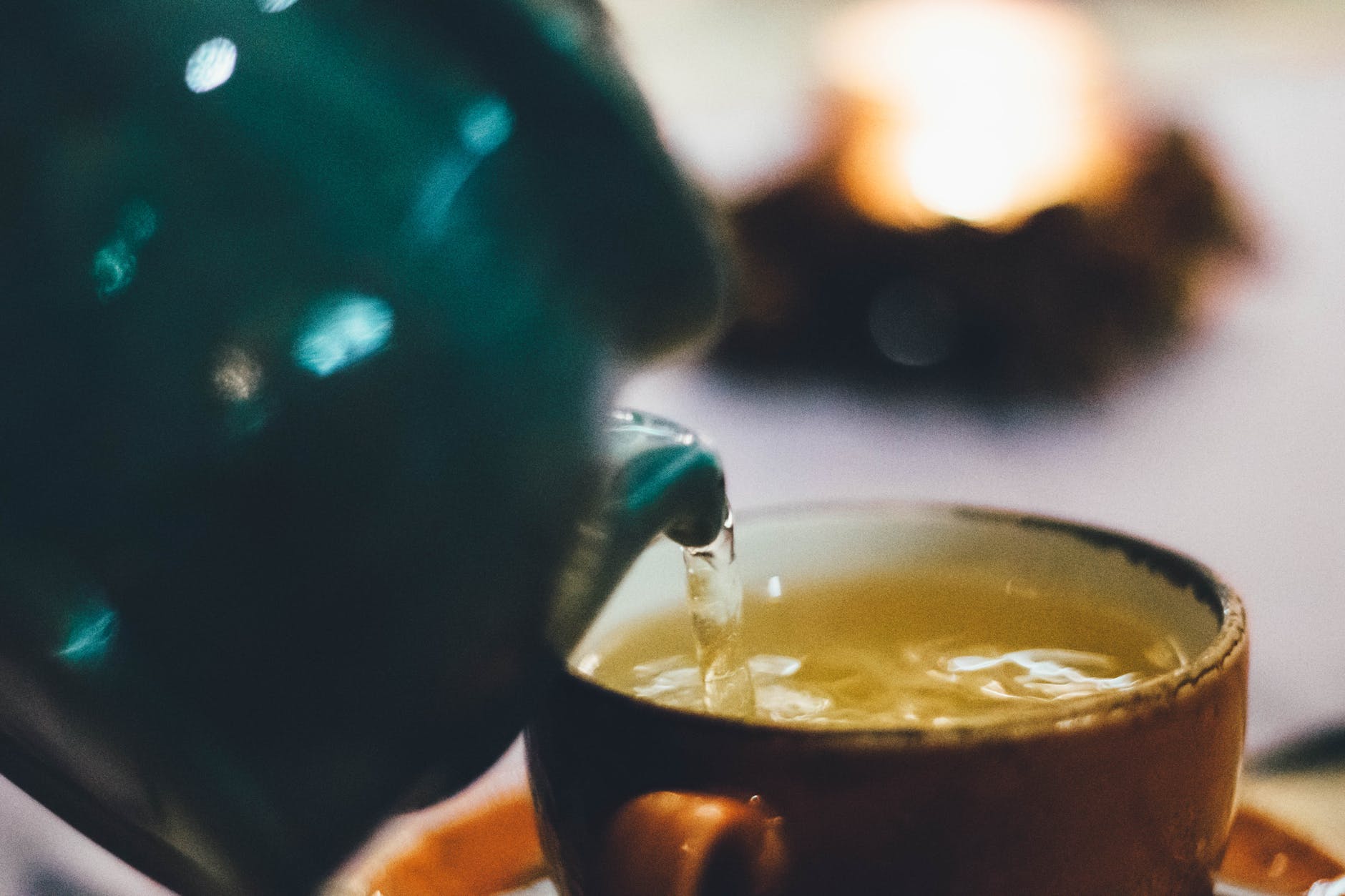
Introduction
Bananas – These tropical treasures, packed with energy and taste, are a favorite worldwide. Native to Southeast Asia, bananas are known for their high potassium content and natural sweetness.
Nutritional Profile
One medium-sized banana provides:
- Calories: 105
- Protein: 1.3 grams
- Fat: 0.3 grams
- Carbohydrates: 27 grams
- Fiber: 3.1 grams
- Vitamin C: 17% of the DV
- Vitamin B6: 22% of the DV
- Potassium: 12% of the DV
Health Benefits
Bananas offer impressive health benefits:
- Energy Boost: Due to their high carbohydrate content, bananas are excellent for a quick energy boost, a fact recognized by athletes and fitness enthusiasts.
- Supports Heart Health: The potassium in bananas helps regulate blood pressure, contributing to heart health.
- Promotes Digestive Health: Bananas are a good source of dietary fiber, aiding digestion.
Weight Loss Benefits
Bananas can be a great addition to a weight-loss diet:
- Satiety: High in fiber, bananas are filling and can help curb cravings.
- Versatility: They’re easily integrated into various diets due to their natural sweetness and satisfying texture.
Five Practical Ways to Incorporate Bananas into Your Diet for Weight Loss
- Banana Smoothies: Blend a banana with some spinach, unsweetened almond milk, and a spoonful of chia seeds for a nutritious smoothie.
- Top Your Oatmeal: Slice a banana over your morning oats for added flavor and fiber.
- Healthy Banana Ice Cream: Blend frozen bananas until smooth for a dairy-free ice cream substitute.
- In Pancakes: Use bananas in your pancake mix for a healthier, naturally sweetened version.
- Banana Salad: Mix sliced bananas, lettuce, tomatoes, and cucumber for a refreshing salad.
Conclusion
Bananas are versatile and packed with essential nutrients that not only support overall health but can also contribute to weight loss when integrated into a balanced diet.













